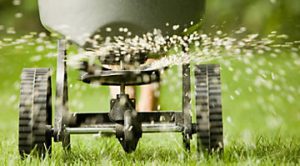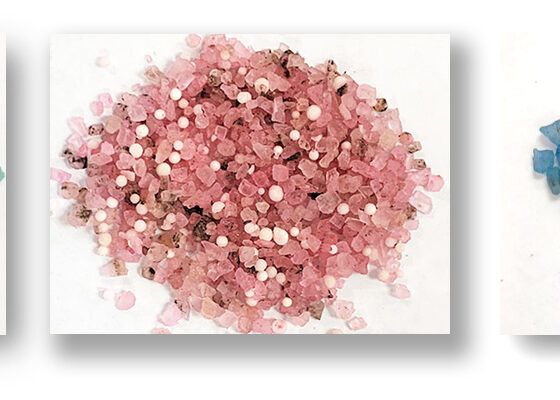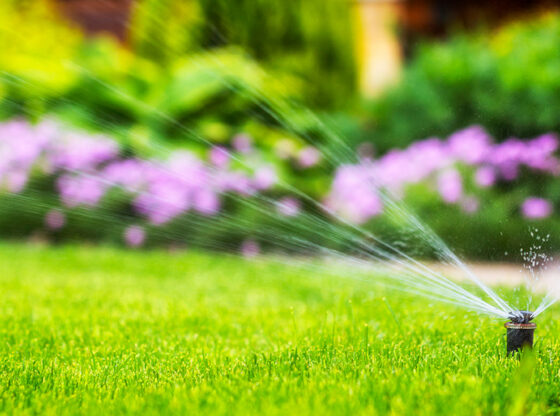In each season of the year, lawn will require different methods and techniques to maintain its good condition. Indeed, when the season changes, the weather conditions change too. Therefore, this can affect to the growth of the grass, as well as its health. To ensure a lawn’s health come spring, certain steps need to be made now.
What Winter Looks Like For Lawns
In most climates, such as our area, grass grows fast in spring and summer time. This is because it has an abundance of sunlight and moderate temperatures. On the other hand, grass grows very slowly in the winter. This is because during winter time the weather will get cold, temperature goes down and there is less sunlight. Overall, grass is very slow growing and weak in the  winter.
winter.
There are many strands of grass. In some cases, cold season grasses may have been planted. Obviously, this grass will be a lot stronger during the cold months in comparison. Depending on the grass, a certain direction needs to be taken for care.
Although a rougher season, caring for lawn in the winter is not as difficult as the other seasons. Just follow these simple tips for a healthy lawn come spring.
Winter Lawn Care Prep
1. Seeding
If you are going to seed a new lawn, then seed it in the fall, right before winter. The seeds will begin to grow in the fall and be protected from pests and diseases during the winter. There will be less needed to maintain them.
2. Fertilizing
Fertilizing is a great source of nutrients for soil. When other sources such as sunlight, wind, moisture and temperature are not suitable for grasses in winter, soil may be the only one that grass can count on. Follow a proper fertilizing schedule as recommended by manufacturers. Because grass grows fastest during the summer months, come fall, many nutrients from the soil are used. As the result, fertilizing before winter is necessary. Essential nutrients in soil are a keystone to keep your lawn in a good condition. The fertilizer will remain in the soil and feed the grass roots during whole cold season.
that grass can count on. Follow a proper fertilizing schedule as recommended by manufacturers. Because grass grows fastest during the summer months, come fall, many nutrients from the soil are used. As the result, fertilizing before winter is necessary. Essential nutrients in soil are a keystone to keep your lawn in a good condition. The fertilizer will remain in the soil and feed the grass roots during whole cold season.
3. Mowing
Typically, proper height of grass should be cut no lower than 5 centimeters and higher than 9 centimeters. However, as conditions begin to cool, mowing is needed to be done less and less. The slow grow of grass is to blame. The green leaves will get more food supply from the roots when the grass is cut higher, helping it stay strong during winter time.
On the other hand, don’t leave lawn too tall. Tall grass creates a warm and ideal spot for field mice and other pests. These animals could cause damage to lawn by pulling up grasses to build their homes. In other words, grass height in the winter should only be slightly taller.
4. Watering Schedule
So, obviously don’t water when there is snow on the ground. Like this year, we may have an unusually warm start to winter that may prolong the watering of lawns. Keep a close watch on the radar during those instances. If the temperature decreases and the water cannot evaporate easily the water left on the lawn could damage its health. This problem leads to pests or fungus problems.
5. Clearing Weeds
Even though grass grows slow in the winter, does’t mean weeds do. The decrease in health of a lawn is a great breading ground for weeds. Pull out any weeds, including their roots, so they cannot take the nutrients from soil. Pulling the weeds sooner rather than later will prevent them from spreading widely through a lawn.
6. Let it rest
Avoid impact on lawn surface during the winter. Putting pressure on delicate lawn can lead to creating dead spots come spring.
Take care of lawn in the winter is not difficult. Prepare yourself by taking these simple steps for your customers’ lawns now, to see a greener more lush lawn come spring.











